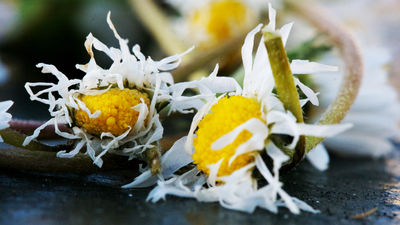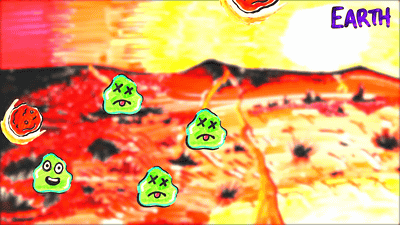In fact, trees achieve near-immortality by dying for the most part. What is the unknown mechanism behind this?

The science YouTube channel
Trees Are So Weird - YouTube
Plants originally existed only in the form of thin, delicate algae that existed above water, obtaining nutrients from water and sunlight through photosynthesis. About 470 million years ago, plants began to spread onto land in the form of moss, spreading across moist ground, and then began to seek heights in search of sunlight.

Ancient plants were primarily composed of

Then, about 385 million years ago,
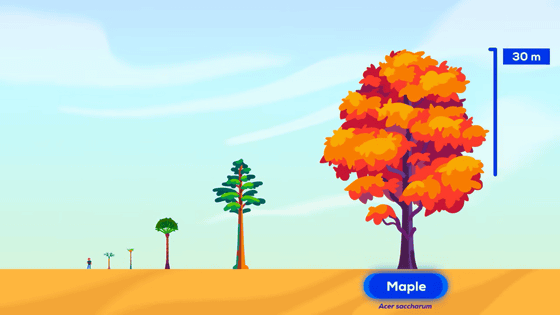
One of the amazing features of trees is that they distribute the water absorbed from the roots and the nutrients produced from the leaves throughout their entire body, which is several tens of meters long. This is made possible by

In trees, whose entire body is connected by a network of pipes, when water vapor is released from the leaves into the atmosphere through transpiration , the roots act as a pump, forcing water up through the roots and distributing it throughout the body at an astonishing speed. At this time, it is thought that a suction force of several tens of atmospheres is generated, which is equivalent to the force exerted hundreds of meters deep in the ocean.

While water is pumped up from the roots to the entire body, nutrients produced in the leaves through photosynthesis must also be provided to cells throughout the body. A mechanism for managing information about tree growth and damage, and for replacing nutrients by dropping branches, etc., is also important.
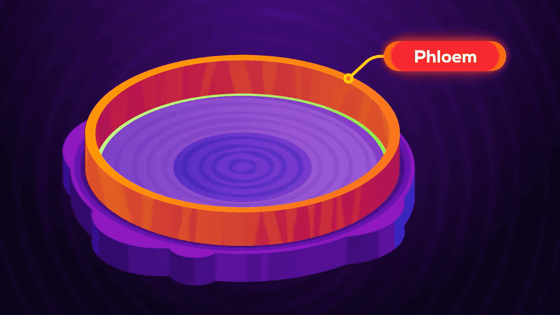
The cells of the sieve tube are divided into sieve cells, which are tubular and transport substances; companion cells, which accompany the sieve cells and send energy and repair instructions; and phloem parenchyma cells, which store sugars and fats to survive the winter when photosynthesis is not possible.
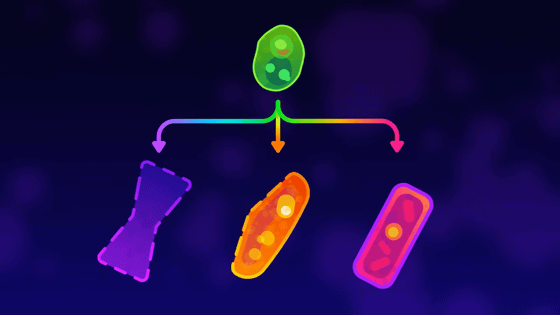
These cells combine to form a network throughout the body, allowing nutrients produced in the leaves to be circulated and stored throughout the body.

Most of the cells that make up the tree's network are dead, tubular cells, with only a few millimeters of living matter remaining outside the thick, dead carcass. 'The majority of the tree is dead, but unless it's broken down by drought, disease, natural disaster, or human hands, it's essentially dead, which makes it potentially immortal,' Kurzgesagt explains.
Related Posts:



